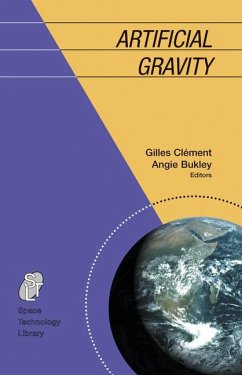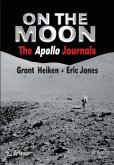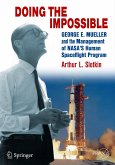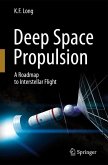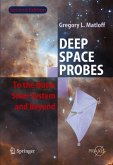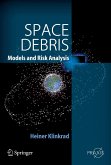This book reviews the principle and rationale for using artificial gravity during space missions, and describes the current options proposed, including a short-radius centrifuge contained within a spacecraft. In Artificial Gravity, experts provide recommendations on the research needed to assess whether or not short-radius centrifuge workouts can help limit deconditioning of physiological systems.
"Aided by an exquisite group of experts, Gilles Clement and Angie Bukley have managed to put together THE new, comprehensive reference book on artificial gravity. This book will be an essential resource for students, scientists, and program planners alike."
-Oliver Angerer, European Space Agency
"Drs. Gilles Clement and Angie Bukley have provided a unique book that looks at the practicability of artificial gravity, and have invited respected experts in the space flight community to contribute to this discourse. Like the early 1960 studies of artificial gravity, their book charts the future, guiding both seasoned investigators and students with the tools necessary for understanding the complex problems of artificial gravity and the effect of that environment on biological systems."
-Millard F. Reschke, NASA, The Johnson Space Center
Dieser Download kann aus rechtlichen Gründen nur mit Rechnungsadresse in A, B, BG, CY, CZ, D, DK, EW, E, FIN, F, GR, HR, H, IRL, I, LT, L, LR, M, NL, PL, P, R, S, SLO, SK ausgeliefert werden.
"The book has grown out of the work of the ESA Topical Team on Artificial Gravity, which issued its Final Report in 2006. ... provide a useful summary of artificial-gravity research. The extent to which microgravity affects different physiological systems differently, and the complex-manner in which they all interact, was a real eye-opener to me. ... This would greatly increase its value as a resource for those engaged in the planning of future human space exploration." (Ian Crawford, The Observatory, Vol. 128 (1203), 2008)

